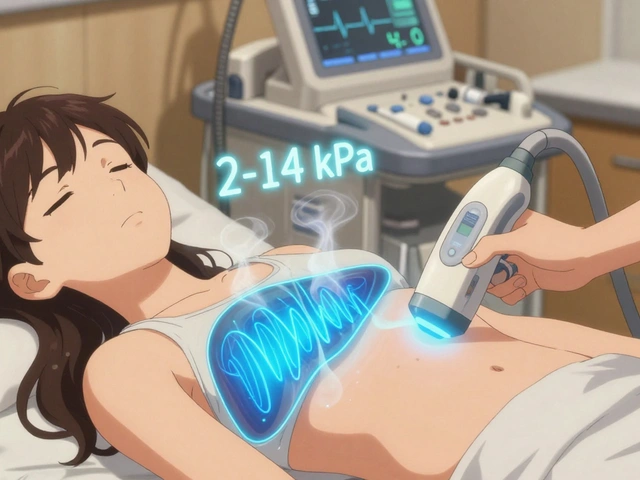Dorzolamide Timolol: What You Need to Know
When working with Dorzolamide Timolol, a fixed‑dose eye‑drop that pairs a carbonic anhydrase inhibitor with a beta‑blocker to lower eye pressure. Also known as Dorzolamide‑Timolol eye drops, it’s prescribed primarily for Glaucoma, a group of eye diseases that damage the optic nerve and can lead to vision loss. The combination works because carbonic anhydrase inhibitors, like dorzolamide, reduce aqueous humor production by blocking an enzyme in the ciliary body while beta blockers, such as timolol, further cut fluid formation by dampening the sympathetic response. Together they provide a stronger pressure‑lowering effect than either component alone, which is why ophthalmologists often rely on this combo for long‑term management.
Why does this matter? Dorzolamide Timolol offers a convenient once‑or twice‑daily regimen, reducing the pill burden for patients who need consistent intra‑ocular pressure control. Because the two drugs act on different pathways, the combo can achieve target pressures with lower individual doses, potentially cutting side‑effects like eye irritation (from the carbonic anhydrase side) or systemic beta‑blockade (from timolol). In practice, this means many people with primary open‑angle glaucoma or ocular hypertension can maintain stable vision without juggling multiple bottles.
Key Benefits and Practical Tips
First, the combo’s dual mechanism tackles the biggest challenge in glaucoma therapy: sustained pressure reduction. Studies show that patients using Dorzolamide Timolol experience an average 20‑30% drop in intra‑ocular pressure within weeks, a result comparable to prostaglandin analogues but with a different side‑effect profile. Second, the preservative‑free formulations now available ease concerns for those with dry‑eye sensitivity. Third, because the medication is applied directly to the eye, systemic absorption is minimal, making it safer for people with asthma or heart conditions who might react to oral beta‑blockers.
When starting the drops, doctors typically advise a few practical steps: wash hands, avoid touching the tip, and tilt the head back to let the solution coat the eye. If you miss a dose, take it as soon as you remember—unless it’s almost time for the next dose, then just skip the missed one to keep the schedule steady. Over‑use can lead to blurry vision or a temporary sting, but these symptoms usually fade quickly.
Of course, no medication is one‑size‑fits‑all. Some patients report a metallic taste or mild eye redness, especially during the first few days. If irritation persists, a doctor may adjust the concentration or suggest a different preservative. Regular follow‑up appointments are essential; eye pressure should be measured every few months to confirm the combo remains effective.
Beyond the basics, the articles below dive into related topics you might encounter while using Dorzolamide Timolol. You’ll find coverage of International ICH guidelines on medication safety, a look at how eye‑drop formulations evolve, and practical advice on managing side‑effects. Whether you’re new to glaucoma therapy or a seasoned patient, the collection offers insights that link the drug’s chemistry to everyday use.
Ready to explore more? Below you’ll discover a curated set of posts that unpack the science, compare alternatives, and give you tips for getting the most out of your treatment plan.

Nurse’s Guide: Educating Patients About Dorzolamide‑Timolol
A practical guide for nurses to teach patients how to use Dorzolamide‑Timolol eye drops, covering mechanism, dosing, side‑effects, adherence, and follow‑up.
Continue Reading



